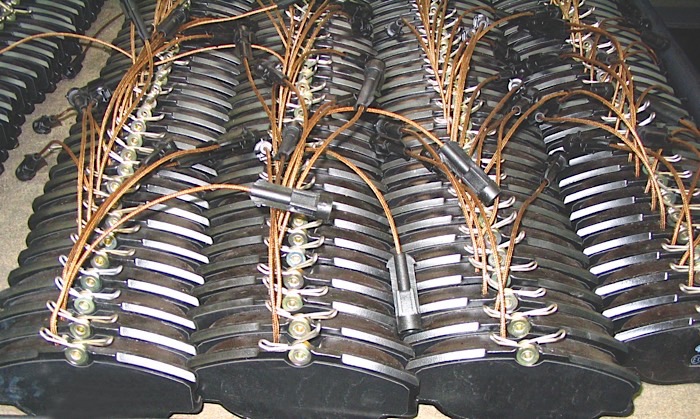Measuring Brake Rotors
Installing new rotors without ever measuring and documenting the condition of the old rotor is like playing chicken with a comeback. Sooner rather than later, you will find a vehicle that will not be magically fixed by a new set of rotors. In fact, the new rotors may cause even more problems and lead to an unsatisfied customer.
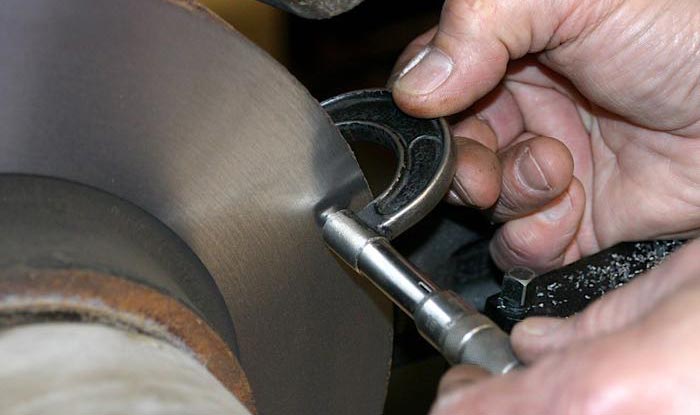
Galvanic Corrosion: The TPMS Killer
Some parts of the country are plagued by car-destroying corrosion. Whether the acceleration is caused by proximity to the ocean or by chemicals used for road treatment, corrosion can really take a toll on vehicles and the people who are dependent on them.
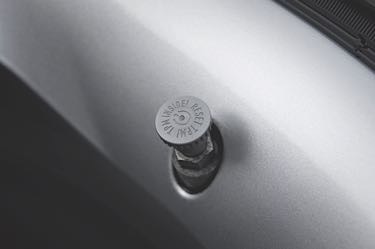
New Wheel Bearing Technology
For an engineer, wheel bearing design and selection can be a balancing act between durability, cost and fuel economy. A large bearing might be great for potholes and heavy loads. But, there is only so much room in the hub and knuckle. Also, the larger bearing might have increased rolling resistance due to a larger sealing surface.
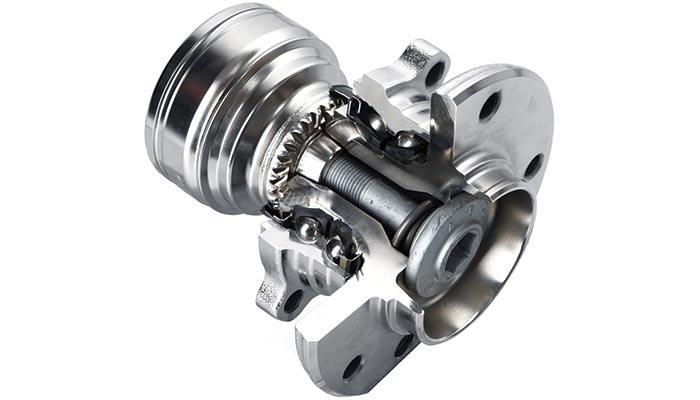
Press Fit Bearings: Like Pulling Teeth
Removing a cartridge-style wheel bearing can be like pulling a tooth. Sometimes it comes out in one pull, but sometimes it requires emergency surgery. This can be a service opportunity for your shop, with a lot of import vehicles equipped with these bearings in the front and rear. While the fundamentals of the job have not changed since the 1980s, what has changed is the complexity of the knuckle and the bearing seals, as well as the materials from which the knuckles and axles are made.
Copper-Free Brake Initiative Update
The desire for enhanced vehicle performance is often the driver of evolution in the automotive industry. But when a state-led charge to reduce water pollution caused, in part, by brake pad dust began to gain momentum in the first half of this decade, representatives from the brake manufacturing industry coordinated with representatives from the vehicle industry, the U.S. Environmental Protection Agency (EPA) and the Environmental Council of the States (ECOS) to get ahead of the problem.
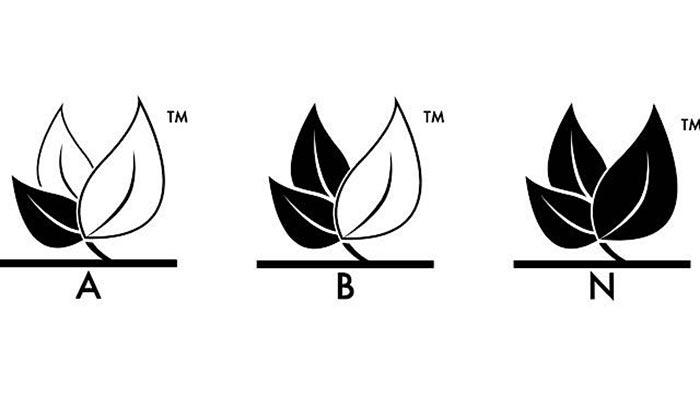
TPMS Sensor Battery: Dead Sensors Cause Other Problems, Too
During the initial TPMS phase-in, many warned about what sounded like an impending crisis. It was the “tire guy’s apocalypse,” which sounds dramatic, but that’s the way I remember the situation being characterized. There was worry and paranoia from all sides. Some companies undoubtedly saw it as a marketing opportunity, and helped perpetuate some of the fear and anxiety. The gist I got from the marketing I saw was that changing tires would, as we knew it, never be the same.
Brake Rotor Finishing: Non-Directional For Maximum Smoothness
Back in the day, a non-directional rotor finish was the method used to solve a common problem that occurred on bench brake lathes. If the cross-feed speed on some lathes was too fast, the rotor became the record and the pads became the needle that followed the grooves in the record. This would cause a clicking noise as the pads moved in the caliper. Today, a non-directional or post-lathe surfacing process still serves the same purpose, but it also helps in the bedding of some friction formulations.
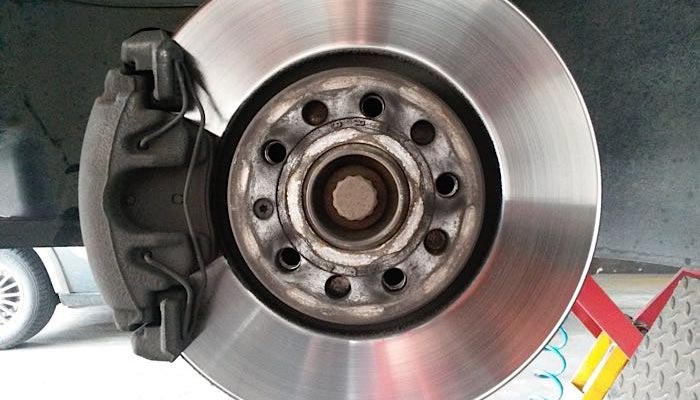
Ball Joints: Greasable And Sealed
One of the most frequent questions from customers is in regards to the availability of “greasable” chassis parts. Sealed-for-life components are very common at the OEM level, but many technicians have a definite preference for aftermarket greasable components. This poses the question: If greasable suspension joints are so popular, why don’t many modern suspensions have grease fittings anymore?
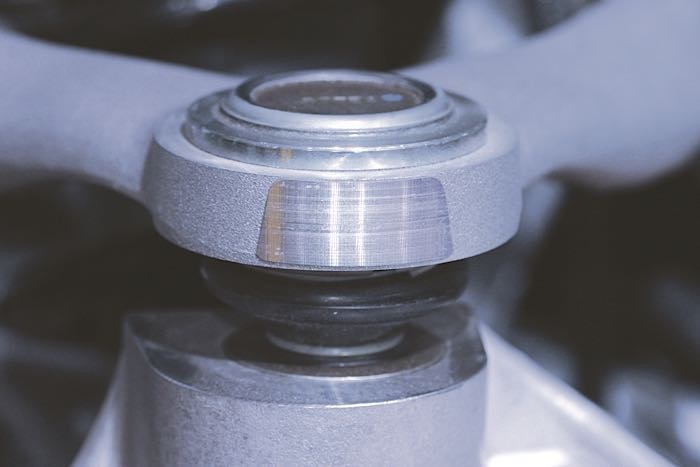
Servicing Saddle-Style Fuel Tanks
Automakers have installed saddle-style tanks on several car models for more than a decade. This style of tank uses two wells, one on either side of a driveshaft or exhaust system. This position optimizes luggage compartment capacity, fuel volume and crash safety. The behavior of the fuel wells, pumps and sending units are often misdiagnosed, leading to fuel pumps being replaced unnecessarily.
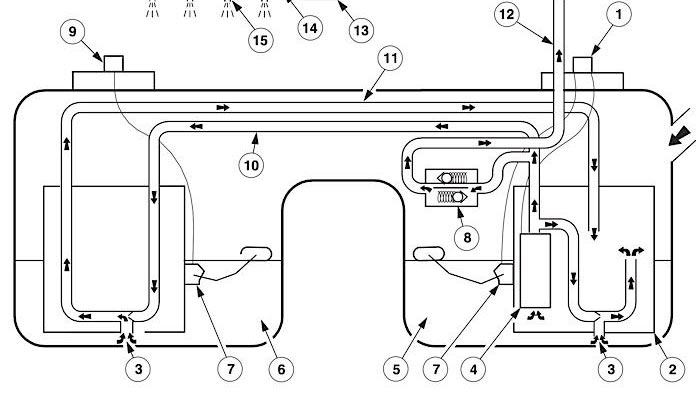
2000 Toyota Land Cruiser Brake Assist: Diagnosing Low And Hard Brake Pedals
Brake pedal assist complaints are often subjective in nature and, for that reason, can be difficult to solve. I was recently involved in a mobile diagnostic case involving a 2000 Toyota Land Cruiser that, unlike most vehicle applications, uses its anti-lock braking pump and accumulator to provide brake pedal assist for normal braking. The Land Cruiser’s brake assist (BA) system can also interface with an anti-lock braking system (ABS), vehicle stability control (VSC) and traction control (TRAC) system, if so equipped.
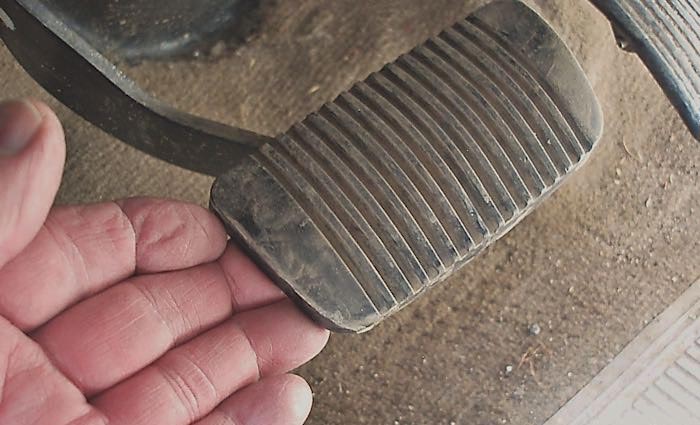
Stocking TPMS Service Kits And Sensors
If you service tires, you should be stocking TPMS service kits as well as sensors. Avoiding the investment in parts and training could leave you with customers who are not satisfied. But, with aftermarket manufacturers of TPMS service items making them more economical for your shop to stock, you shouldn’t give it a second thought.
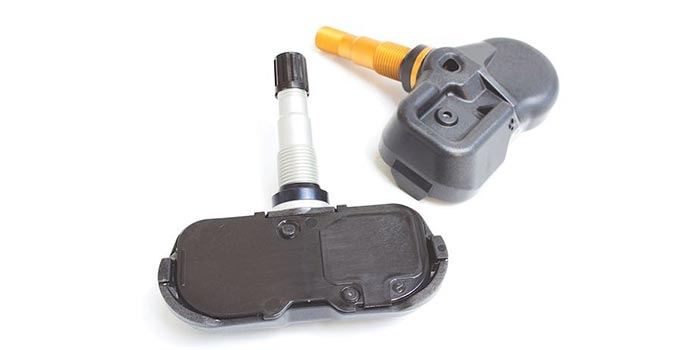
Understanding Friction And Formulations
How the components in the friction material shear, break and interact during braking can determine a pad’s friction level, noise and wear characteristics. A brake pad may require up to 20 different raw materials. Some raw components of a friction material are abrasive, while other components lubricate. Some components, like structural fibers and resins, hold the pad together, while other components tune the friction levels through various temperature ranges.
